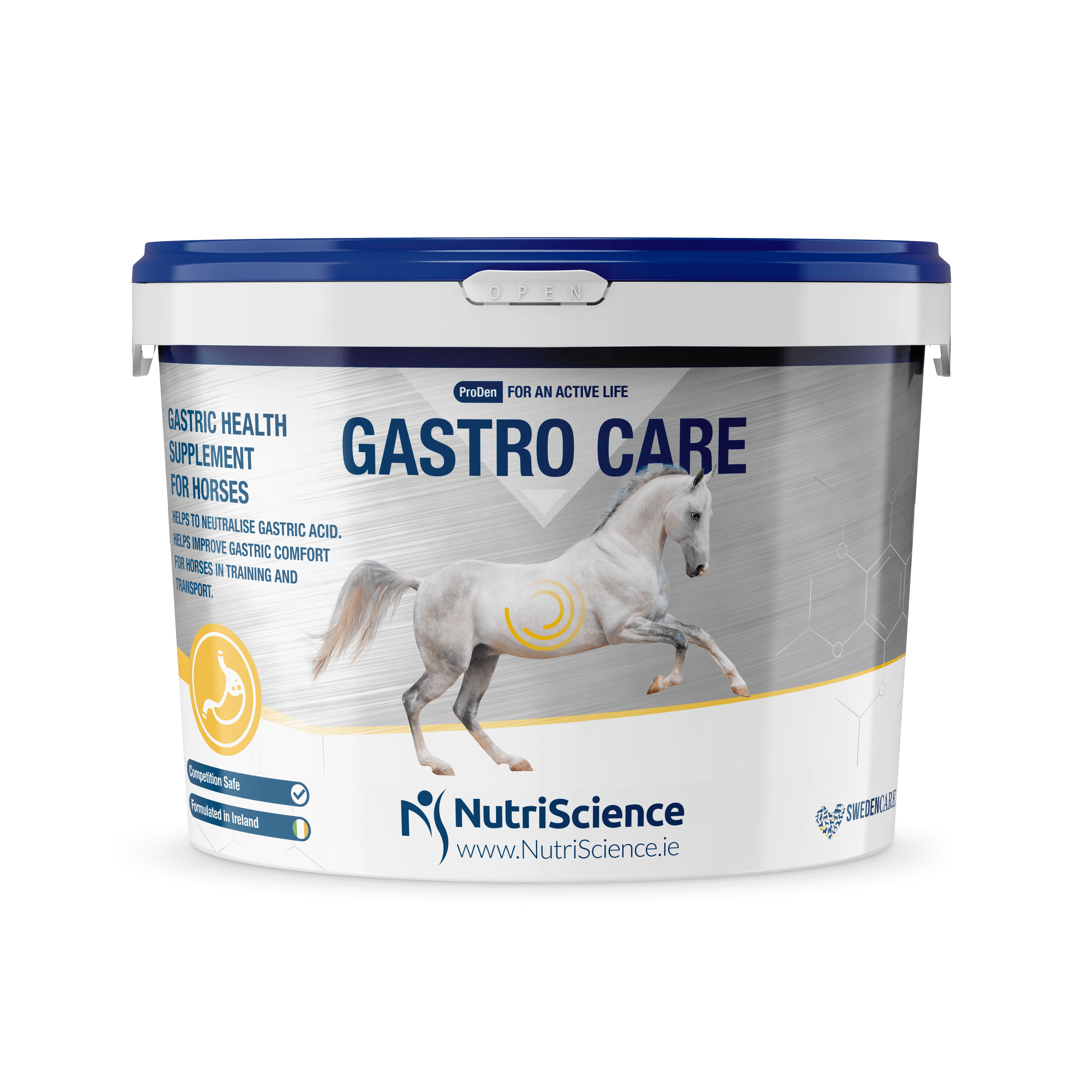
“Equine Facilitated Learning is based on an emotionally intimate partnership with the horse
Bone Health. Maintaining the equine skeleton in optimal condition is vital in order to ensure proper development of the young, growing horse, minimize risk of injury in the performance horse, and promote longevity and soundness throughout the horse's life. Strength of bone is derived from a mineralized cartilage framework.

Bone Free Stock Photo Public Domain Pictures
Signature Orthopedics - South County. 12639 Old Tesson Road. Suites 100 and 115. St. Louis, MO 63128. Get directions. 314-849-0311.

Free Images biology, horse, human body, eyes, science, brain, anatomy, organ, medical
Nach einer Arthroskopie (Chipentfernung) kann BoneKare™ helfen, die betroffenen Stellen wieder aufzubauen. Obwohl der Knochenregenerationsprozess sich nach dem 3. bis 4. Lebensjahr deutlich abschwächt, besteht die Möglichkeit, durch Ergänzung mit BoneKare™ den Fortschritt von Knochenerkrankungen zu verlangsamen oder gar zu verhindern.

Pin auf Weapon and War Anatomy
BoneKare® Active. BoneKare® Active enthält KQ®, eine wasserlösliche, UV-stabile und bioverfügbare Form von Vitamin K. In Kombination mit Vitamin D3, MSM, Glucosamin und Chondroitin unterstützt BoneKare® Active bei der Regulierung, Stabilisierung und Regeneration der Knochen- und Bindegewebsstrukturen mit dem Ziel Ihre Aktivität zur.

equine annular ligament Google Search Horse care, Horse health, Horse anatomy
Principles of Bone Development in Horses. September 17, 2018 By Kentucky Equine Research Staff. Few animals are as precocious as the horse. Within 20 minutes of birth a foal may stand, and within hours can be ready to run at speeds no human athlete will ever achieve. At this stage of life, even with this exceptionally early development, horses.

Digital by sjbernhisel on deviantART Horse bones, Horse anatomy, Horses
Bicipital Bursitis in Horses. The biceps brachii tendon runs over the cranioproximal humerus, protected by a synovial bursa. Inflammation of this structure can cause lameness and is usually secondary to a more serious inciting cause. Trauma to the proximal humerus, cystic lesions in the underlying bone, and injury to the tendon itself will.

Pin by Kiara Nobbe on All Things Equestrian Horse anatomy, Horse health, Anatomy
We're excited to offer Pro Stride (Autologous Protein Solution) as a steroid-free alternative to traditional joint injections. ProStride is highly effective, safe and cost-saving compared to traditional IRAP and other regenerative therapies.

ESS Bone Protection Sport Plus Knochenstoffwechsel Gelenke Pferd
Treatment and Management: Osteochondrosis is one of the most important and prevalent developmental orthopedic diseases of horses. Although its specific etiology is not known, it is considered to arise from a focal disturbance in endochondral ossification, with subsequent trauma or physiologic loading resulting in lesion formation.

Kostenlose foto Hengst, Mähne, Reiten, Fauna, Nahansicht, Kopf, Wirbeltier, Stute, neugierig
In horses, the childhood phase is equivalent to the period post-weaning (4-6 months) to 10-11 months of age. During this period, there is a reduction in the growth rate with ADG (Average Daily Gain) reducing to approximately 0.6 kg/d. The ADG decreases consistently until a nadir at approximately 10-11 months of age.

Shoulder anatomy Horse health, Anatomy, Equine massage
Bone and Fracture Treatment in Horses February 27, 2003 Posted by Christy M. West Bone does not heal, incorporating the scar tissue as seen in most all other tissues-it regenerates itself. It.

Pin by Lindsey Mathiesen on Horse Health Horse anatomy, Large animal vet, Horses
Temporohyoid osteoarthropathy, sometimes referred to as "THO", or "middle ear disease", is a disease associated with this articulation (the temporohyoid joint) from the hyoid apparatus and the skull. It is characterized by a proliferation of the bone surrounding the joint and which can lead to joint fusion.

Products Available for Purchase or Licensing Horse anatomy, Equine veterinary, Equine veterinarian
Osteochondrosis (osteochondritis dissecans) is one of the more common developmental orthopedic diseases of horses. The condition mainly affects joint cartilage and underlying bone. However, if the cartilage within growth plates is affected, bone shape and length can be disturbed.

The Breedingback Blog Examining a Pleistocene Wild horse's body conformation
Bones, joint cartilage, ligaments, and tendons make up your horse's skeletal system, which provides structural support for your horse's body. Most horse owners pay close attention to the role of joints and soft tissue health in preserving soundness and comfort. But bone strength is just as critical for supporting mobility and performance in horses. Bone is a dynamic tissue that responds to.

Gastro Care Equne Supplement NutriScience Pet & Equine Supplements
DuraPlex Bone mineralization supplement Contact Us Store Locator DuraPlex® is a proprietary blend of specific proteins, minerals and vitamins scientifically proven to increase bone mineral density and bone area in both performance and growing horses. Supports bone growth in horses involved in all disciplines:

Equital Bone Star 3kg Für das ältere Pferd fuetternundfit.de
Radius/Ulna (Horse) Horse-Veterinary anatomy: Carpal bones. Horse - Digital bones of the hand: Proximal phalanx [Long pastern bone], Middle phalanx [Short pastern bone], Distal phalanx [Unguicular bone, Ungual bone], Medial ungular cartilage, Distal sesamoid bone. Horse - Coxal bone: Acetabulum, Ilium, Ischium, Pubis.

Free Images biology, horse, skull, preparation, bone, human body, science, head, anatomy
Pferde, die im Stall gehalten werden und keinen ständigen Zugang zu hochwertigem, frischen Weidegras haben, können einen Vitamin K Mangel entwickeln, was wiederum zu einer Verringerung der Knochendichte und Knochenfestigkeit führen kann.